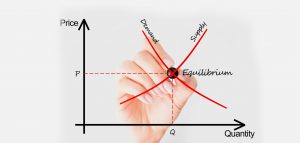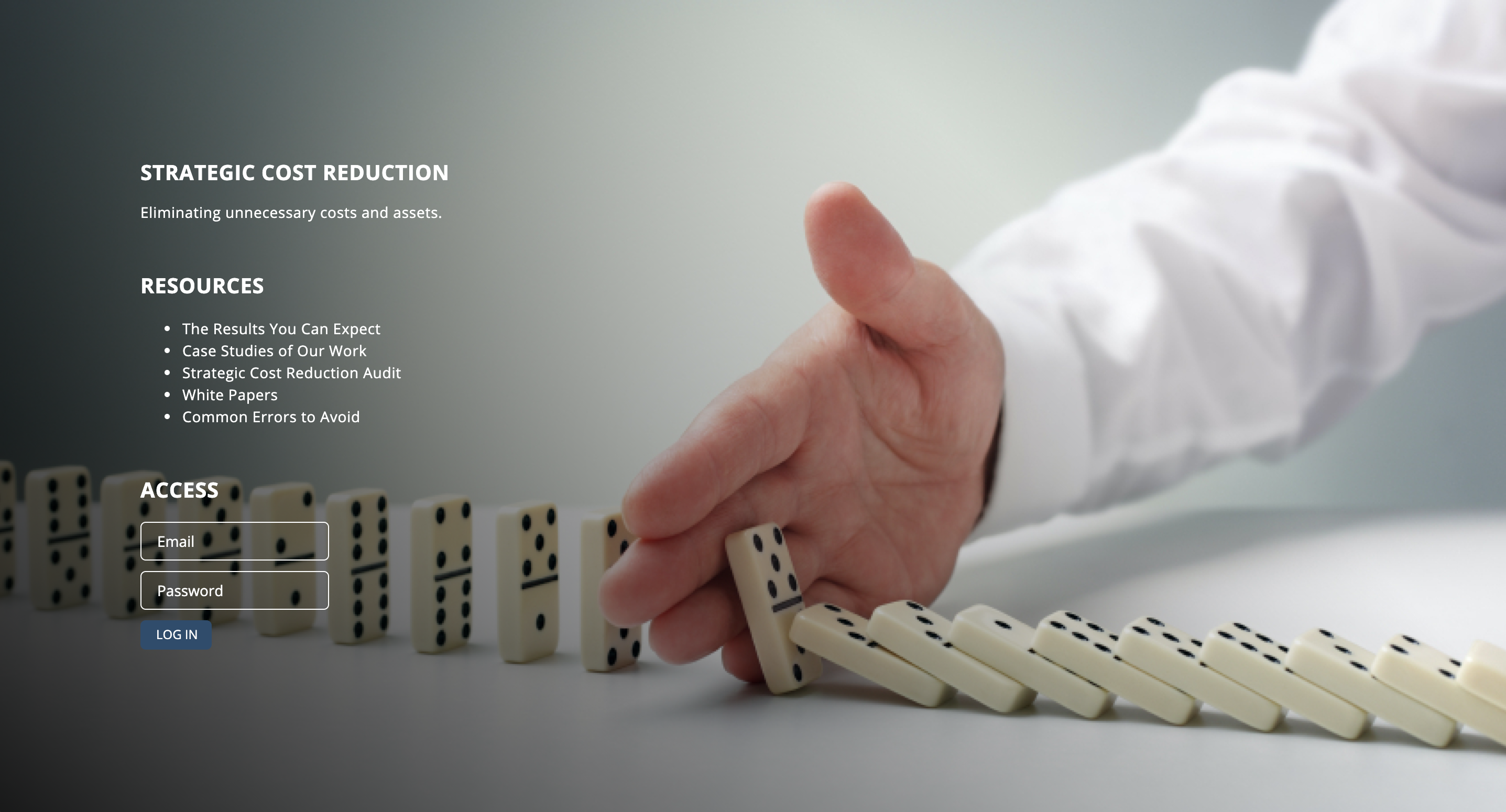When business objectives call for 5% to 20% cost reduction executive actions need to adopt strategic cost reduction, that is structural in nature, and get beyond operational improvements. Strategic cost reduction realigns the company’s cost structure to the market and frees up resources so that you can pursue growth initiatives.
Operational cost improvements only get you so far, whether leaner operations, stricter cost controls, tighter supplier rates, and gradual staff reductions. At best, these actions will cut 2% to 4% of total costs.
We employ strategic cost reduction and assist in cutting high costs with structural changes that sustain cost savings and margin improvements in the long term without hurting the business.













